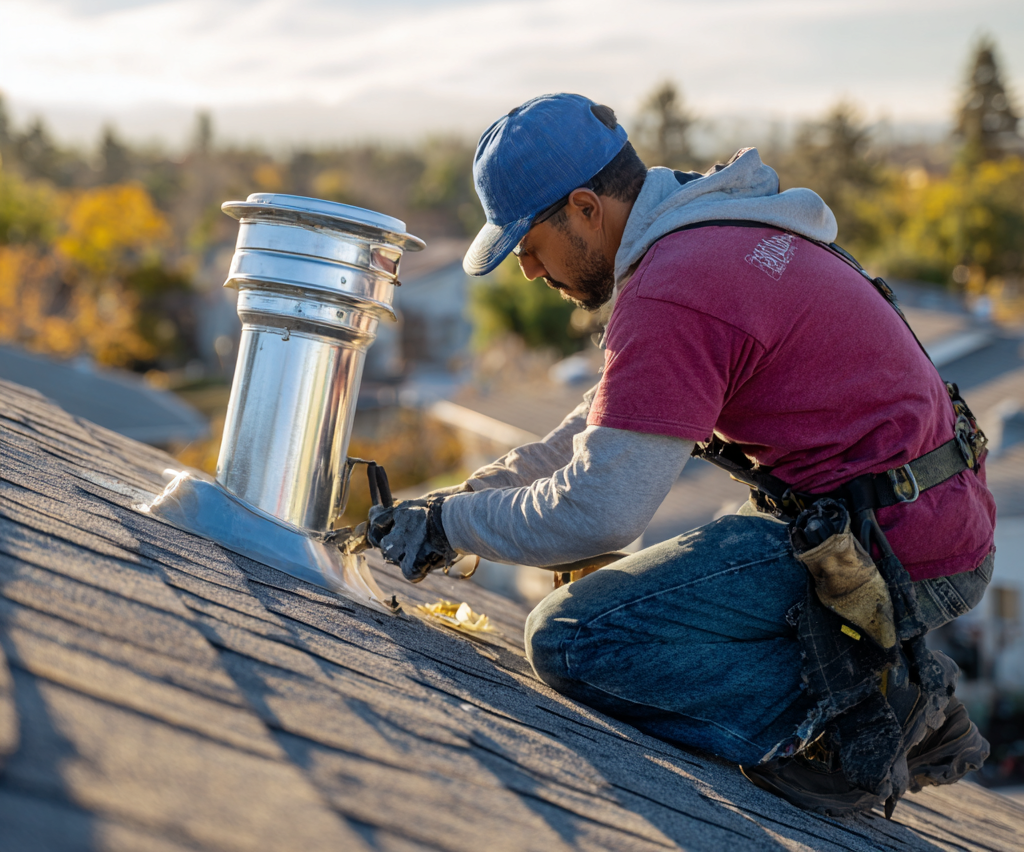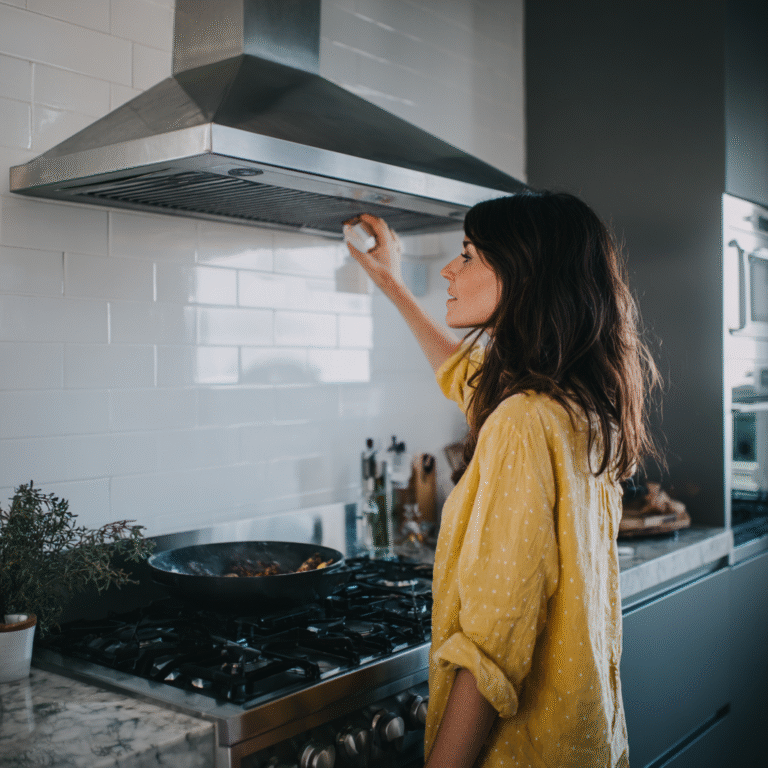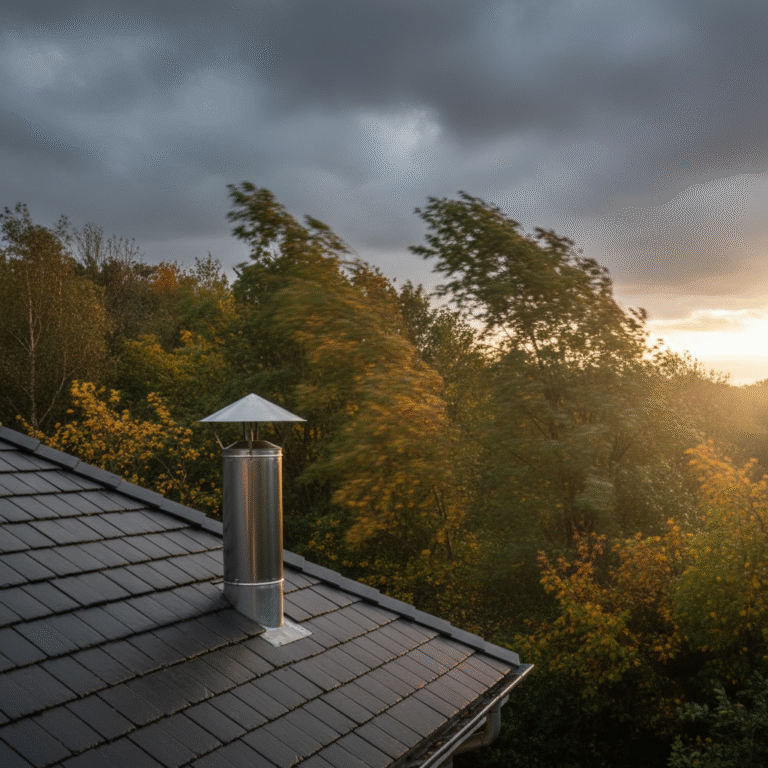🧰 Choosing the Right Flue Kit for Your Rangehood: If in Doubt, Call a Professional
When it comes to installing a rangehood, one of the most important (and often overlooked) components is the flue kit. The right flue kit doesn’t just vent cooking fumes effectively — it protects your home from moisture build-up, smoke, and lingering odours. Get it wrong, and you could end up with a noisy, inefficient rangehood or worse, trapped condensation and grease inside your roof cavity.
So, how do you choose the right one? Let’s break it down.

🔍 What Is a Flue Kit and Why Does It Matter?
A flue kit is the ducting system that carries air from your rangehood to the outside of your home. It includes the piping, joiners, vents, and cowls that direct the exhaust safely out of your kitchen.
There’s no one-size-fits-all — the right kit depends on your rangehood type, kitchen layout, and home structure(whether it’s a single-storey, double-storey, or apartment).
🏠 Common Types of Rangehood Flue Kits
- Roof Flue Kits
These vent directly through the roof. They’re common for single-storey homes and work well for kitchens against exterior walls. - Wall Flue Kits
Ideal if your rangehood backs onto an external wall. The air exits directly through the wall vent, making installation simpler. - Eave Flue Kits
These vent through the eaves rather than the roof or wall — a popular option for homeowners who prefer not to cut through the roof. - Recirculating Kits
For situations where external venting isn’t possible, a recirculating kit filters air and pushes it back into the kitchen. These are convenient but not as effective for removing heat and moisture.
⚙️ How to Choose the Right Flue Kit
When selecting a flue kit, consider:
- Duct length and size: Keep it as short and straight as possible — long or bent ducts reduce airflow.
- Rangehood model compatibility: Always check the manufacturer’s recommendations. Some rangehoods require specific kits.
- Material: Use rigid ducting where possible — it performs better than flexible aluminium or plastic alternatives.
- External venting location: Choose the route that gives the best airflow and least resistance.
🚧 The Risks of DIY Installation
It can be tempting to install a flue kit yourself, but improper installation can lead to:
- Reduced suction and noisy performance.
- Grease or moisture build-up inside the ceiling cavity.
- Water leaks or roof damage.
- Non-compliance with building or warranty requirements.
Even small mistakes — like using the wrong duct diameter or poor sealing — can make a big difference to your rangehood’s performance and lifespan.
👷♂️ If in Doubt, Choose a Professional
While some homeowners are confident with minor installations, a licensed installer or electrician can ensure your flue kit is fitted safely and efficiently. They’ll choose the right materials, meet all building codes, and make sure your rangehood performs at its best from day one.
Getting professional advice early can save you time, money, and frustration — and ensure your kitchen stays fresh, clean, and functional.
Need help choosing or installing a flue kit?
Speak to a qualified installer or your rangehood supplier — they can guide you to the best setup for your home and ensure it’s done right the first time.






